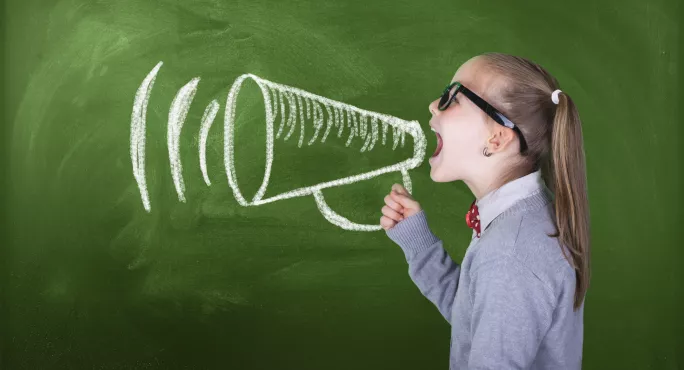Earlier this year, I saw a teacher comparing pupils with velociraptors. It was a parallel I didn’t side with - because it’s quite obvious pupils are like dragons. Not the reptilian, fire-breathing type. No, more like the type that sit on the comfy seats in Dragons’ Den.
You see, in the classroom, we teachers stand on one side of the room, poised to unleash our endless enthusiasm, punchy pedagogy and life-changing lesson plans. We have what it takes to help these dragons learn.
All we need is for them to invest and buy into our vision. And pupil voice, for me, is what gets that investment.
Long read: ‘Listen to pupil voice - your school will be better for it’
A teacher writes: ‘Student voice is vital - don’t let it be manipulated’
Student voice: Would youth work transform your teaching?
Pupil feedback: ‘Don’t let the monster of student voice run rampage in your school’
Social media: Poem attacking zero-tolerance behaviour policies goes viral
I recently wrote a book. It meanders through my efforts to champion the voices of my students - we can, and should, be megaphones for our pupils.
Student voice in the classroom
In the classroom, this begins with the environment. Blank walls at the start of the year - with the invitation to pupils to create useful posters showing strategies for maths and exciting phrases for literacy - let the kids know that the room truly is their space. Flexible seating, which enables pupils to work wherever they wish, lets them own their choices: it can provide a real moment for reflection or the right time for chatting with friends or a better place to work.
A big ideas box is a must for every classroom. I have a mantra that if a child has an idea for a lesson, I’ll make it happen. There isn’t one Post-it note that landed in that big ideas box that I haven’t enacted. Of course, there have been a couple of moments of doubt. Notably, the time we made board games with Skittles as counters to revise our learning about the Wars of Scottish Independence - only for me to realise the class had consumed their daily allowance of sugar by 9.10am.
Needless to say, it was a long day.
However, navigating those small road bumps and maintaining an unshakeable faith in what I was doing kept the engagement bubbling, and I saw a fiery confidence and belief within the class begin to grow. By the end of the year we had put on a fashion show, opened a restaurant, made a music video, been on TV, met sports stars and begun a social enterprise business.
Even better, the kids had learned things - so many things that attainment across the class had, at its worst, only slightly improved and, at its best, skyrocketed.
We teachers need to make our class the right fit for every pupil. There are seven Scottish principles of curriculum design; personalisation, relevance and enjoyment are three of them. Every child in every school deserves the opportunity to have a say in what they learn and how they learn. Their journey through the education system is singular and unique to them. Every single one will have different starting points and different end points.
If putting these ideas out into the teaching world has taught me anything, it’s that there are many doubters. Do pupils know how they learn best? Probably not at the outset of school. However, if we expose them to a wide range of learning strategies, they will be able to tell us what they find most effective and efficient. We need to believe that our young people are telling us their truth and show them that their voice is truly valued.
Education needs to be more than facts and skills. It should be a means for society to tell children that we trust them, that we take joy from their curiosity, that their goals and dreams matter, that their opinions are worthy of being heard, and that their feelings are justified (most of the time).
This is how change happens and, indeed, how history is made - with the confidence to make one’s voice heard.
Blair Minchin is a primary teacher in Edinburgh





